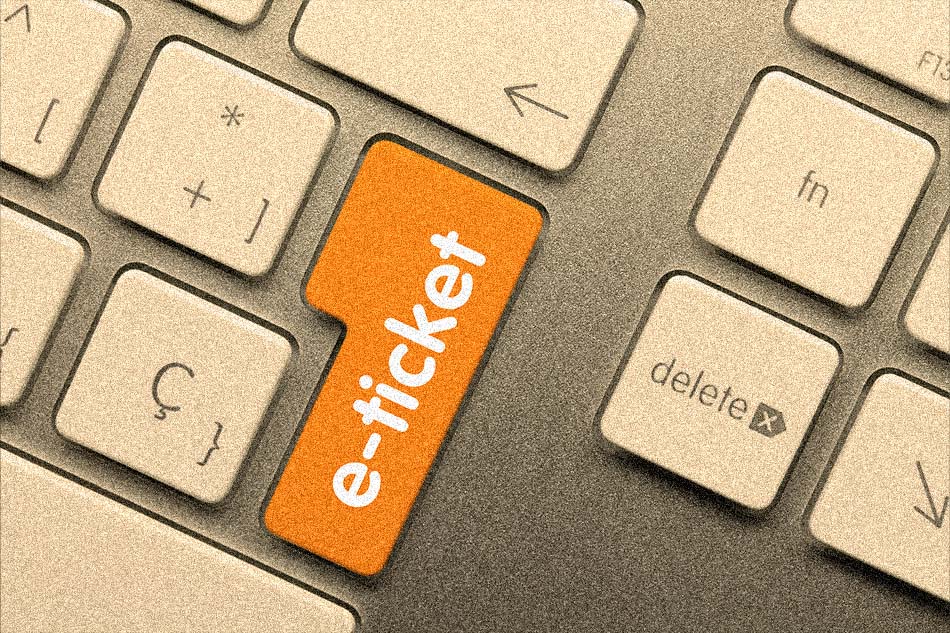
At a time when digital technology offers more and more options to both professionals and individuals for buying, reserving and selling goods and services, your museum could also be making the most of this trend by launching an online ticket office!
Whether developed by SaaS software solution (software distribution model in which applications are made available through promotion on the Internet with no installation required) or completely hosted by a third-party event communication interface, the ticket office 2.0 is becoming more and more popular among businesses wishing to optimise the visibility of their events, increase their subscriptions and, as a result, boost their revenues and popularity. From simple ticket sales to the complete management of a customer relationship tool, there are multiple options that can be adapted to fit all needs and budgets.
A carefully deployed personalised e-ticket office is an important tool to help grow your museum’s activity. We take a closer look at what you have to gain from it.
- An improved customer experience
By putting your ticket services online, your visitors can book tickets directly via your website. They can book in advance in just a few clicks, from their phone, tablet or computer and avoid long queues at ticket desks on the day of their visit. On your end, you can more easily control entries, limit physical contact with your staff and consequently ensure a safer visit in accordance with public safety guidelines. The same goes for payments: by letting users choose between several payment methods (bank card, PayPal, gift card, or in-person payment) you can offer them flexibility, modernise your user experience and generate sales before your exhibition has even taken place. That’s before taking into account the practicalities of paperless entry tickets, which reduce the impact of printing on the environment.
Keep in mind that by making it easier for your online customers to discover you and buy tickets, you will greatly increase your chances of seeing bookings finalised. So make sure to add this user-friendly module to your site!
- Simplified booking management processes
A user interfaces automatically implies an administrative interface? Depending on the platform and the options you choose to apply, you can monitor and manage your subscription rates, your prices, the creation and sending of your tickets, your event plan calendar, your billing and your financial record with just one click.
Given that information is centralised in real time and ready to consult at any moment via a single dashboard, you can save precious time in launching, tracking and reporting your actions and reduce your on-site operations.
- A more effective communication strategy
Digitalising your ticket office is not just a new service for your visitors – it’s the next step in enhancing your cultural programming, reaching out to your audience and appealing to the greater public.
Making it a great new communication tool! By configuring certain modules, you can link your e-ticket office to your social media and even your contacts, opening up numerous possibilities: sharing, sponsored publications, payment referencing, newsletter campaigns, customer relations management, etc. This new event planning interface will quickly become a central element to your online presence and who knows, maybe the starting point of a future multichannel development strategy combining all of your customer acquisition initiatives.
Personalising your online ticket office allows you to boldly promote your visual identity among users and make an impression. E-ticket design solutions are plentiful: you can style them in the image of your museum or to suit a specific exhibit. Ditto for invitations and booking confirmations.
On the content side of things, by incorporating new text and optimised visuals for Search Engine Optimisation (SEO) on your e-ticket office, you can improve your search engine ranking as well as your museum website. Two birds with one stone!
And monitoring changes in your audience’s online habits demonstrates your ability to adapt and creates the impression of a more accessible, more connected and more professional museum.
- More in-depth knowledge of your audiences to hone your services
Depending on the type of event or exhibition (free, paid, private, public) on offer, the reservation criteria vary meaning that you need to set the data fields the user must complete according to your needs.
This way, Internet users provide the personal data you need to start building their customer record: surname, first name, email address, birthday, language, address, purchase frequency, purchase history, etc. This very useful information, while complying with the General Data Protection Regulation (GDPR), will help you communicate in a more direct and personalised way (email reminders, promo codes, upcoming programme, satisfaction questionnaire, etc.) as well as diving your audiences into categories and ensuring their loyalty.
Analysing and interpreting your customer data will help you quickly learn which offers work best and allow you to redesign those that generate less activity: adjusting quotas based on demand, price changes, combined offers, subscriptions, etc. The possibilities are endless, letting you adapt your catalogue to the profile and preferences of your visitors, therefore optimising your commercial strategy.
As you can well imagine, creating an e-ticket office equips your museum with a powerful commercial, marketing and communication tool, as well as boosting your establishment’s activity and letting you automatise certain time-consuming administrative tasks. In a second article, we will present the easiest and most optimised way to put your ticket services online.



